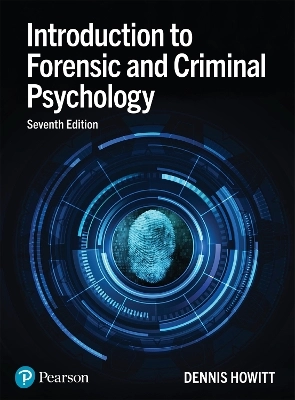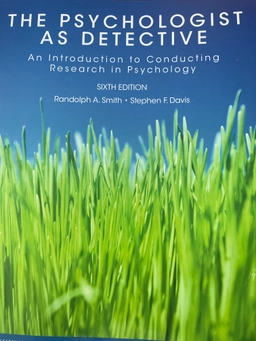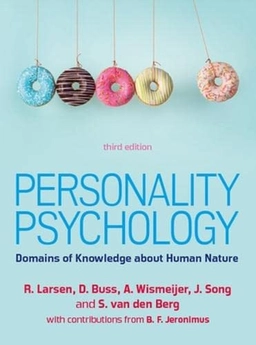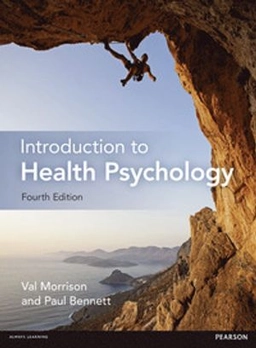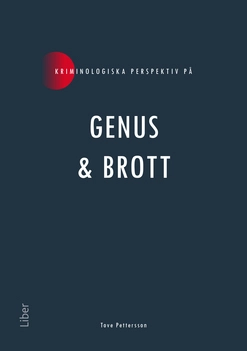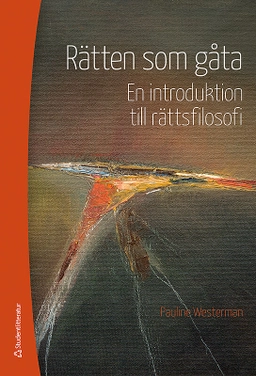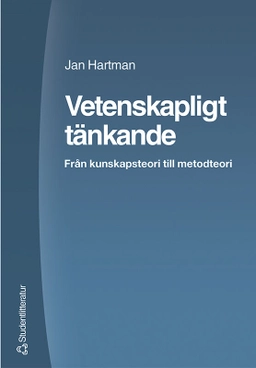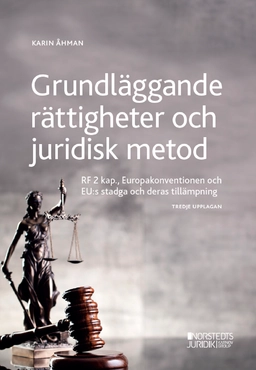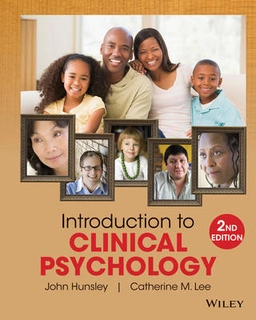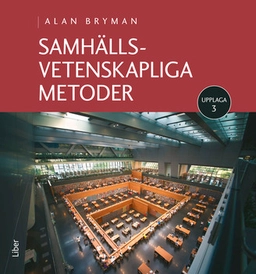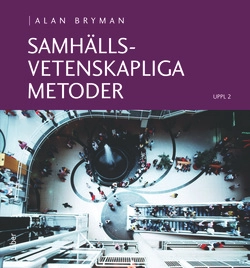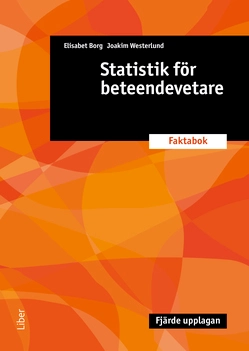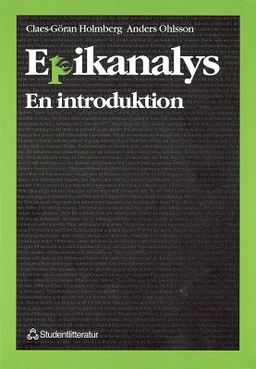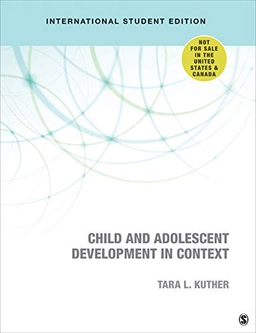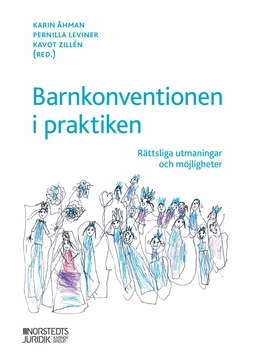"The writing of this seventh edition of Introduction to Forensic and Criminal Psychology was interrupted by the COVID-19 pandemic, so the updating covers a four-year period. It is important to me that this book reflects the most significant up-to-date research and ideas in the field. Our understanding of issues gradually evolves with every new theory and research study. Forensic and criminal psychology is not simply a compendium of settled facts. The disparity of voices on a topic is important and needs to be demonstrated in any textbook. Consequently I have endeavoured to represent this variety of views as well as changes in the dominant views within the field. This is not entirely an orderly, even and predictable process. What appeared to be the case in the first edition of the text may no longer apply or may have substantially reversed. These developments exemplify not a series of errors but the way in which disciplines advance. We can see this both in the short term and the long term. It should also be possible to spot the unevenness of this progress. In its simplest form, over the various editions once-hot topics have gradually received less attention and Cinderella topics have blossomed markedly. At its most mundane, this means that some chapters have been updated with lots of new material, while a very few have changed little. No doubt there will be a reversal of the fortunes of some of these in future years. Nevertheless, some traditional topics have been retained simply because they were important in the early days of the discipline. This is particularly the case with FBI-style offender profiling. Nevertheless, there is a great deal to be learnt from topics like this so that mistakes and inadequacies are not repeated. I am pernickety about contextualising research. Because legal and criminal justice systems are not the same in different parts of the world, we should acknowledge this fact. It is important to understand just what this variation is. This cannot be done by simply ignoring context - as has so frequently been done in the parent discipline, psychology. On the contrary, I would argue that the context of the research is integral to a full appreciation of the research. So throughout the book it should generally be clear just where in the world the research was carried out. This should be informative but is never an excuse for neglecting the research. That the research was done, say, in Poland or Australia does not mean that it has no relevance to the United Kingdom. But its relevance will always need to be considered. Forensic and criminal psychology is international in its nature and textbooks ought to reflect this. The question of the amount of detail to include is a complex matter. I firmly believe that sufficient detail should be provided to enable the reader to do something with the material apart from merely citing it. The stimulus to thought lies in the detail provided. There are many textbooks which are structured around a commentary or linking text bolstered by numerous citations of the literature, with no clear relationship between the two. Some academic writing, if not a great deal, is like that. This imposes severe limits on what the student can learn and also constrains the critical thinking which academics cherish. It is impossible to form an opinion or give a critique on something one has only read a sentence about. My preference is to give the reader something to think about and possibly question. Just how does a particular research study lead to a particular conclusion and is this the only possible conclusion? How did this research develop from previous research? How does this research lead to future research? The questions which the reader should be asking are much more obvious when a text provides material to get one's teeth into. Of course, the text asks critical questions where these need to be addressed - especially because they are part of a debate among professionals in the field. When deciding whether to include a new piece of research, the fundamental criterion is whether it introduces a significant new idea or question. In what way does the research change the way that we look at things? In what way does the new work place established wisdom on the back foot?"--
Åtkomstkoder och digitalt tilläggsmaterial garanteras inte med begagnade böcker
